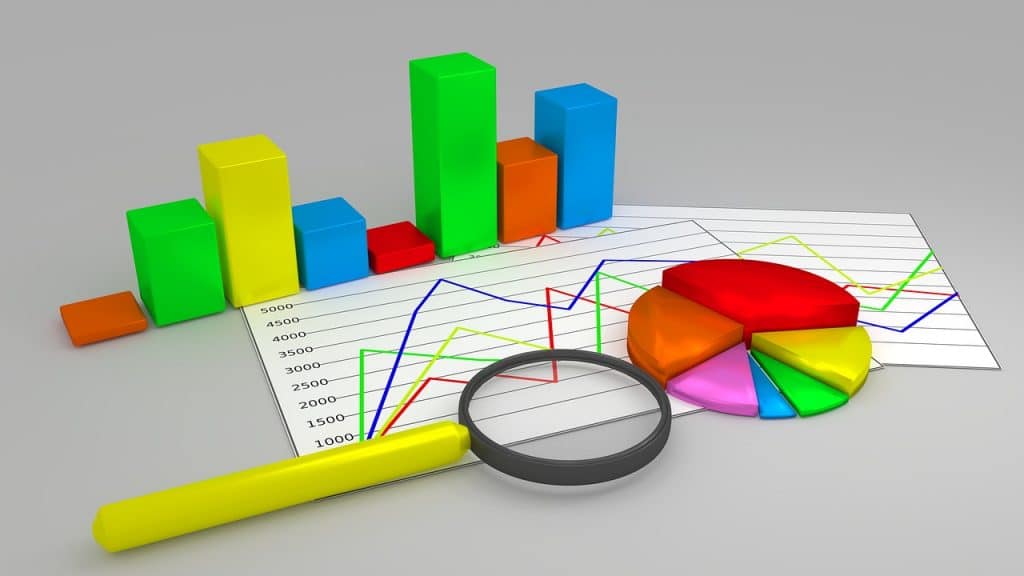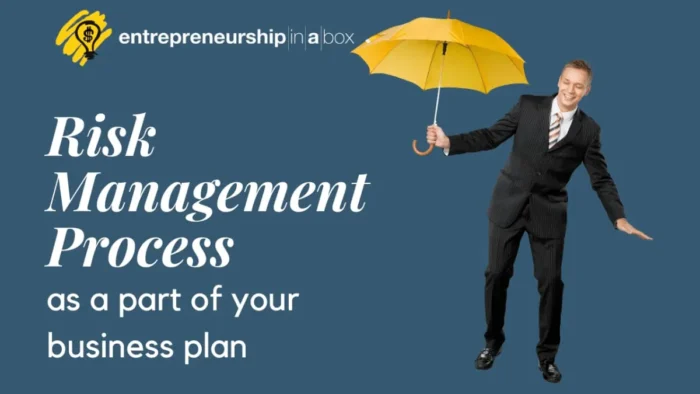An entrepreneur’s life will be much simpler when he or she can see and predict the future. How their business will look like in the future. How will the competition look and how to beat them? What trends will exist in the market? You can find answers to these questions when you implement entrepreneurial forecasting.
All these questions are important, especially because of the decision-making process you will use today and in the future.
If you as an entrepreneur know how much will be the sales numbers for the next week, month or year, you’ll be able to align your spending according to those sales numbers. In such a way, you will invest only in things that you need in this period.
Because of that, I would like to answer several questions related to entrepreneurial forecasting.
What is Entrepreneurial Forecasting?
If I know what will be tomorrow, I’ll be prepared for that tomorrow. If we can see only one second in the future, then life will be much easier. The process that can give us some approximate coordinates about the future is called forecasting.
As you can see, in the simplest words, forecasting means looking into the future or estimating the future. But, this is not a simple process.
Plenty of statistical methodologies can be used to predict the future based on historical data stored in your databases.
For example, you can use statistical regression to estimate the relationships among different variables in your company. You, probably use MS Excel to find how much income you have achieved in a previous year from selling and add some percentage to predict the next year. However, in most cases, this is the wrong technique. This is wrong because you don’t include environmental factors and forces into the technique to predict the future. These factors will have an impact on what the future will look like, and so multivariate data analysis software needs to be implemented in order to properly analyze data taking into account multiple influences.
Is Forecasting a Waste of Time?
Many times I have read some quotes that the only thing certain about a forecast is that it is always wrong. In most cases, this can be true.
But, ok, predicting the future is not a simple task, and because of that, we can’t expect that we can have 100% accurate forecasting. But, the right question is: how much is the difference between reality and something previously forecasted? Is it 10%, or 20%, or 50% or catastrophic 100%?
I can say that it’s useful to know the future, or at least to predict as much as possible the future. Entrepreneurs only can have the benefits from forecasting, but not from one that will miss the reality with 50% to 100%. That type of forecasting is only a waste of time, that can have dramatic negative effects on entrepreneurs and businesses.
Another factor that influences entrepreneurial forecasting accuracy is a time horizon. If you forecast for a month, your predictions will be more accurate than for one year. How much the future is closer to you, you can more easily predict it.
If you as an entrepreneur go from one prediction process to another, you’ll increase your skills in forecasting. So, in each next process, the results will be more and more accurate than the previous. This means that your skills will minimize the percentage of errors or differences between reality and forecast.
What Are the Elements that Make Forecast as True as Possible?
The most important elements that have a direct influence on the precision of your forecasting are:
- The quality of historical data that will be used in your forecast process.
- External environment factors as an addition to your historical data. These factors can be:
- Competitive factors,
- General business conditions,
- General cconomic conditions,
- Market trends…
- Internal additional factors as a business plan for advertising, promotion, product development, and pricing.
- Time Horizon for forecasting.
- Entrepreneurial and managerial skills to forecast the future.
You can read part 2 of this series about predictions at Demand forecasting and part 3 at Five principles of business forecasting.



